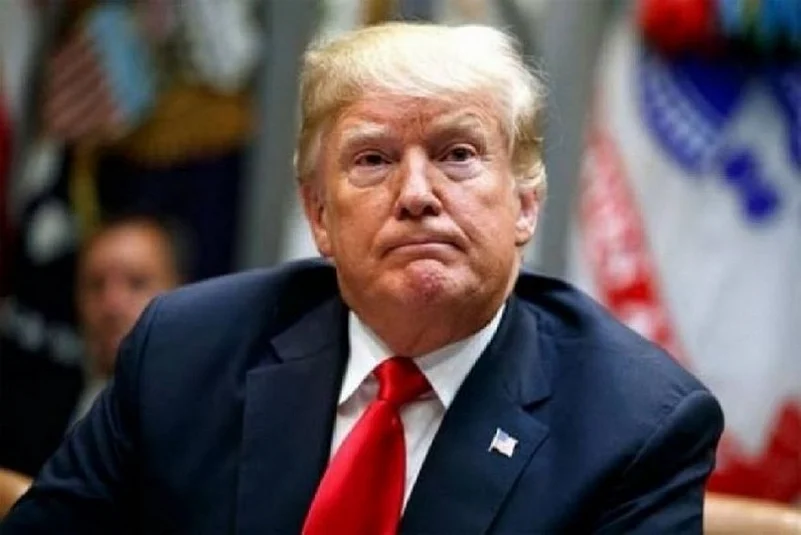It is not without reason that the documentary on Donald Trump on Netflix is titled Trump: An American Dream. From real estate to casinos to politics, Trump embodies a kind of masculine aggression that reviles thought and ideas and most importantly, the truth – that, it may be hard to admit, is American to the core.
The 17 years I spent in American academia – some as student and some as a faculty member – was time spent as an immigrant twice over.
Beyond national origin, life in the US University is that of a second diaspora, an island of desire for truth and ideas in a country that is militantly anti-intellectual. It is a gulf more easily understandable in an illiteracy-ravaged country like India, but in America, it is an ongoing ideological battle with what has been for the longest time an unlikely combination of easy consumerism and the nation’s rugged working-class origin – among several other forces.
Advertisement
But America’s universities, these islands of truth and ideas, were, in many instances, built on foundations of exclusion and oppression. Brown University’s early involvement with slavery has recently been in the news. Stanford, where I taught for nine years, achieved the sharpest edges of its excellence in the midcentury decades of Cold War paranoia that funded military research of the most imperialistic kind. The most visible marker on the California campus is still the Hoover Tower, the high-powered right-wing think tank that has always had a difficult relation with the university. It is very possible that Condoleezza Rice would have never been the US Secretary of State had she not achieved prominence as the Stanford Provost.
Advertisement
The financial sponsors of the US University and its higher administration have often been right-leaning, sometimes reactionary. But the miraculous things about the US University has been its immaculate preservation of academic freedom for faculty. As a result, notwithstanding an often-conservative scaffolding, the university professoriate has evolved as significantly progressive and liberal – though there are also key segments among faculty who lean in the conservative direction.
But over the decades of the 20th century, the gulf has widened between the American people and their universities. What education historians identified as the practical and populist dimensions of US universities have continued to weaken – their connection to local communities, alumni loyalty, collegiate sports, bolstered by demotic measures such as the GI Bill that sponsored college education for army personnel, or the land-grants that built large public universities and agricultural colleges. At the same time, the natural hostility between a rugged, anti-intellectual population and the “oases” of intellectual excellence deepened just as rising university tuition strained middle-class savings and aspirations to dangerous limits.
It is not without reason that the documentary on Donald Trump on Netflix is titled Trump: An American Dream. From real estate to casinos to politics, Trump embodies a kind of masculine aggression that reviles thought and ideas and most importantly, the truth – that, it may be hard to admit, is American to the core. A caricatured version of American ambition, maybe, but a version with much truth in it.
2016 marked a beginning of a great anti-globalism, of suspicion of cosmopolitanism of every kind – culminating in first Brexit and then the Trump election. Globalization had never had such a rude jolt.
Advertisement
If 2020 is a rerun of 2016, the toll on the American university will be far-reaching. The immediate impacts are easily predicted: the federal defunding of progressive programs on race, gender and immigration; renewed attacks on the humanities, and on liberal arts education on the whole; greater championship of online and vocational learning programs, including profit-making ones, as opposed to traditional venues of holistic learning.
“Trump admires the word ‘university’”, the academic Renata Salecl said recently. “After all, he calls his real-estate-training programs ‘Trump University.’ The branding technique reflects his misperception of our sector as something gilded and prestigious and ignores its core mission and values.”
Advertisement
To say nothing of making the US a hostile place for international students by introducing adverse immigration policies, doubly adverse in a Covid-ravaged world. The Times Higher Education recently reported multiple instances of academics turning down faculty positions in the US – indicating that the hostility may not just be limited to students.
Joe Biden’s victory will avert the immediate catastrophe. But it is to be remembered that some of the most painful crises of American higher education, most notably, the student-debt crisis, precedes the Trump administration. As Astra Taylor told the Chronicle of Higher Education recently, “the Obama administration failed students, especially at the bottom of the socioeconomic ladder. This was a failure Biden was complicit in.” The student debt-relief program foundered as the Obama administration dragged its feet.
Advertisement
Yes, a Trump victory can be immediately fatal for American higher education. But the bigger worry is that Trump and his anti-university support base embody a crusade against American higher education that is already well-underway. In the long run, even a Biden victory will not be able to stall it.
(Saikat Majumdar, Professor of English & Creative Writing at Ashoka University, writes about arts, literature, and higher education. @_saikatmajumdar)



















